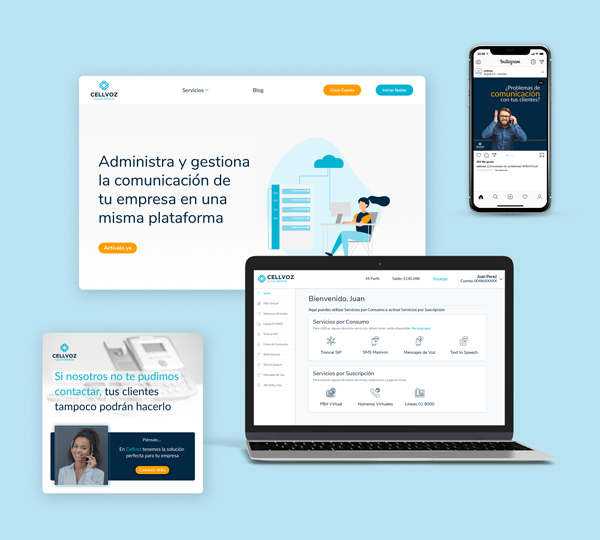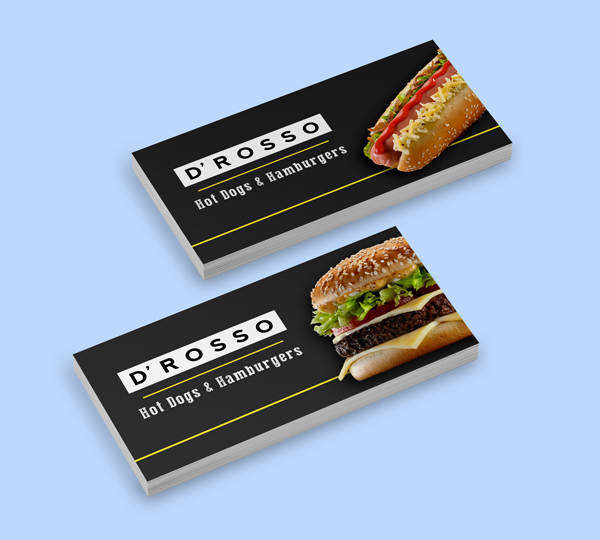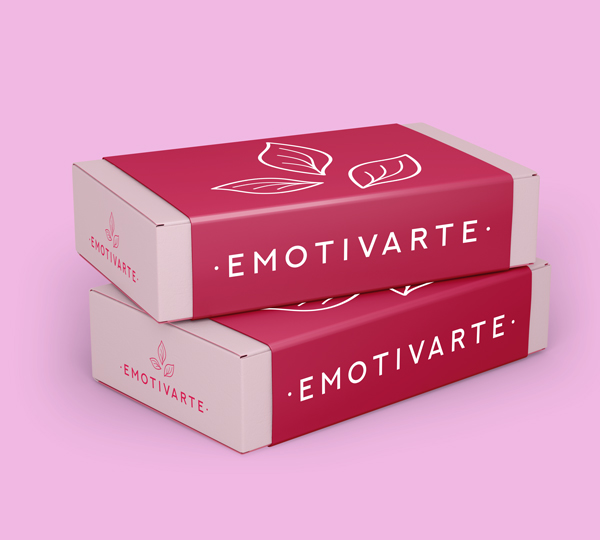Branding Beyond the Logo:
5 Key Tips to Build a Brand
Branding Beyond the Logo: 5 Key Tips to Build a Brand
What’s the first thing that comes to your mind when you think of branding for your small business?
If the answer is a pretty logo with your favorite colors and an eye-catching font, then you’re only seeing the tip of the iceberg. A truly effective and memorable branding strategy goes beyond visual identity. It is the overall perception of your business, what sets it apart from the competition and reflects who you are, what you do, how you do it, and who you do it for.
Follow along and discover 5 essential tips to build and develop an authentic and cohesive brand strategy for your small business.
1. Define Brand Values and Unique Proposition:
Take a moment to think about what’s at the core of your business, the set of beliefs or principles that guide your actions and give purpose to your decisions, like innovation, transparency, inclusivity, quality, or empowerment. Also identify the traits your target audience resonates with. These will help you develop a brand that feels relatable and trustworthy.
Check out how a big company like Lush uses its core values as the foundation of everything they do.
It’s also important to clearly define what sets your business apart from the competition. Communicate the uniqueness of your products or services, and describe the solution you offer to a specific problem. Based on this, you can develop a mission statement, which is a brief explanation of why your business exists, and a vision statement, that expresses what you’re seeking to accomplish.
2. Know Your Ideal Customer:
Knowing who you are targeting is key in any kind of business. It’s important to recognize that your product or service won’t be suitable for everyone, and in order to attract the right clients, it’s crucial to determine who your ideal customer is.
For example, skincare routines are different depending on the consumer’s stage in life and specific needs, so not all skincare products can be marketed the same way to people in their 20s versus those in their 60s.
Start by doing some research and segment your target market using demographics (age, gender, income, occupation, race, religion), geographics (location, culture, climate, season), and psychographics, to determine common characteristics in relation to needs, values, lifestyle, fears, personalities, and preferences.
Based on this you can create buyer personas, one or more fictional characters that represent your ideal clients and to whom you are directing all your efforts. HubSpot has a free tool to create your own!

3. Establish an Unique Brand Voice
Think of this just as we (people) have unique voices that convey our personalities and who we are, but depending on the context, the way we communicate at work or with friends might be very different. Your brand also needs a distinctive voice that sets it apart from the sea of options available in the market.
There are two key aspects to keep in mind when deciding how your brand sounds like:
- Voice: Better described as your brand’s personality, which should reflect your core values. It might be professional, funny, quirky, friendly, confident, or inspirational, and should stay consistent across the different communication channels.
- Tone: We can refer to this one as your brand’s mood, which can change depending on the situation or communication channel. To determine your tone, try putting yourself in your customers’ context and evaluate the kind of information they’re receiving and where or how they’re finding it.
For businesses interested in reaching multicultural markets, like Karen Rozo Design Studio, your tone is where you can implement a bilingual strategy, fostering inclusive communication in both English and Spanish.
4. Create a Purposeful Visual Identity
We finally got to the logo part! But before digging into it, it’s important to understand the role of visual identity in the overall brand strategy. Visual identity is one piece of your business brand, and includes the visual elements that represent it, such as logo, colors, fonts, graphics, and images, which must also be aligned with the business’ values and goals.
To design an effective visual identity, it’s crucial to use a structured design process where every decision is intentional and strategic. Focus on originality, timelessness and simplicity. Your logo and graphics should be unique, easy to remember, and able to evolve over time without losing their essence. Use color theory to evoke the right emotions, and choose a distinct typography that is easy to read. Finally, make sure all the elements of your visual identity are readable and scalable, so they look great in different sizes, formats, and mediums.
Take a look at the Rare Beauty Brand Book for a great example.
5. Ensure a Consistent Experience
Using all the elements from the previous tips, provide a consistent experience that supports your overall brand purpose, not just for customers, but also for everyone who interacts with your business, like suppliers, investors, employees, and your community.
Your visual identity should stay cohesive across every touchpoint, whether it’s social media, your website, email marketing, printed materials, or physical locations. This is where a detailed brand book comes in handy, it’s your road map to ensure all your efforts are aligned with your brand strategy.
I know it might sound like a lot of work, but a strong, purpose-driven branding strategy will enhance your business, attract your ideal clients, and position you as a reliable professional in your market.
The good news is, you don’t have to do it alone! Karen Rozo Design Studio specializes in guiding entrepreneurs like you through this strategic branding process to create the timeless, professional, and bilingual online presence you need to grow with confidence.




